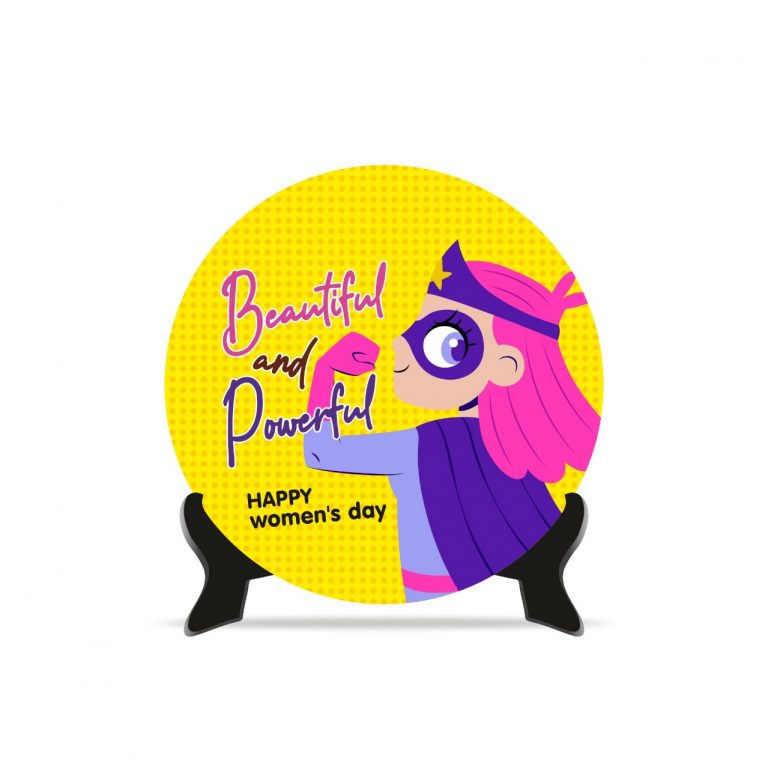The Subtle Forces That Shape Work Culture
In modern workplaces that promote equality, inclusion, and fairness, there’s still an invisible barrier that often gets overlooked-workplace bias. These biases may not be intentional, but they can influence hiring, promotions, performance reviews, and even daily interactions. Left unchecked, they affect employee morale, retention, and your organization’s reputation.
Understanding the different types of workplace bias is the first step toward creating a culture that truly values equity. Once recognized, these biases can be addressed through thoughtful policies, training, and accountability.
This article explores the major types of workplace bias, how they show up, and what HR leaders and organizations can do to counter them.
What Is Workplace Bias?
Workplace bias refers to unfair treatment or judgments in a professional setting based on stereotypes, assumptions, or personal preferences. It can be conscious (explicit bias) or unconscious (implicit bias), but both forms can cause harm.
Bias influences how decisions are made-from recruiting and team assignments to leadership opportunities. It impacts how employees feel about their value, voice, and future in the organization. Recognizing and addressing bias is critical to creating a psychologically safe and inclusive work environment.
Organizations that fail to take workplace bias seriously often see higher turnover, disengaged employees, and weaker performance across teams.
Common Types of Workplace Bias
There are several types of workplace bias that appear in day-to-day operations. While some may be easier to spot, others are more deeply embedded in organizational norms. Here are the most common ones:
1. Affinity Bias
This occurs when people prefer those who are similar to themselves in background, beliefs, or interests. In hiring, it may mean favoring a candidate because they went to the same college or share the same hobbies as the interviewer.
2. Gender Bias
Gender-related workplace bias often manifests in unequal pay, lack of female representation in leadership roles, or assumptions about capability based on gender.
3. Age Bias
Also known as ageism, this type favors younger or older employees depending on the context. Older employees might be overlooked for tech-related roles, while younger employees may be considered less “responsible.”
4. Confirmation Bias
This involves seeking out information that confirms one’s preexisting beliefs about someone. A manager might remember only the mistakes of a certain team member while ignoring their wins.
5. Racial or Ethnic Bias
This serious form of workplace bias occurs when assumptions or stereotypes about race or ethnicity influence decisions or interactions.
6. Beauty Bias
Yes, looks matter-unfortunately. Employees who fit conventional standards of beauty may be rated more favorably, even if their performance is similar to others.
Recognizing these types of workplace bias is the beginning of solving a bigger issue-unconscious discrimination rooted in outdated perceptions.
How Bias Impacts the Workplace
Unchecked workplace bias leads to numerous consequences that hinder productivity, innovation, and employee satisfaction. Employees who perceive bias often disengage or leave, and those who benefit from favoritism may lack the incentive to grow.
The long-term damage includes:
- Lack of diversity in leadership
- Decreased psychological safety
- Loss of high-potential talent
- Lower team collaboration and trust
The impact of the types of workplace bias also shows up in performance reviews, team dynamics, and decision-making processes. These subtle patterns can reinforce systemic inequalities, even in organizations with good intentions.
Related Posts
Addressing Bias: Awareness First, Action Next
Once you’ve identified the types of workplace bias in your organization, the next step is education. Many companies now include unconscious bias training as part of their DEI strategy. These programs help employees recognize internalized assumptions and reduce biased decision-making.
However, awareness isn’t enough. Real change happens when organizations pair education with structural reform.
To address workplace bias, companies must:
- Create standardized hiring and promotion criteria
- Encourage diverse interview panels
- Use confidential resumes for initial screening
- Review performance data for inconsistencies
- Introduce bias checklists for key HR decisions
When these changes are implemented consistently, the organization creates fairer, more transparent pathways for all employees.
The Role of Leadership in Eliminating Bias
Leadership buy-in is critical to tackling the types of workplace bias that persist in many corporate cultures. Leaders set the tone for how fairness and inclusion are valued within teams.
Inclusive leaders:
- Acknowledge their own biases
- Promote diversity in hiring and promotions
- Call out microaggressions and biased behavior
- Set measurable DEI goals
- Mentor diverse talent pools
When leaders actively confront workplace bias, it sends a strong message that bias is not just a personal issue-it’s an organizational responsibility.
Embedding Anti-Bias Practices into Culture
To permanently reduce the effects of workplace bias, your practices must evolve into culture. Anti-bias behaviors should become part of how your organization operates daily.
Here’s how:
- Embed equity in your company’s mission and values
- Celebrate diversity as a business strength, not just a social cause
- Track DEI metrics and publish annual reports
- Offer feedback channels where employees can report bias safely
- Recognize and reward inclusive behavior
Only when anti-bias thinking is embedded into the DNA of your culture can you fully neutralize the impact of the various types of workplace bias.
From Bias-Aware to Bias-Free
Bias may be part of human nature, but it doesn’t have to dictate the workplace. By identifying and addressing the many types of workplace bias, organizations can unlock higher engagement, creativity, and trust.
An inclusive workplace isn’t built overnight. But with conscious effort-from awareness and training to leadership accountability and culture reform-you can move from being bias-aware to bias-free.
At Amazing Workplaces®, we help companies create systems that support fairness, transparency, and belonging. Because when bias is addressed, everyone has a chance to thrive-and that’s when workplaces become truly amazing.
Disclaimer: The views, data and case studies we publish on our website are purely based on publicly accessible information and organizational disclosures. Amazing Workplaces® does not take a position on any legal or regulatory matters concerning any information available on our website.










